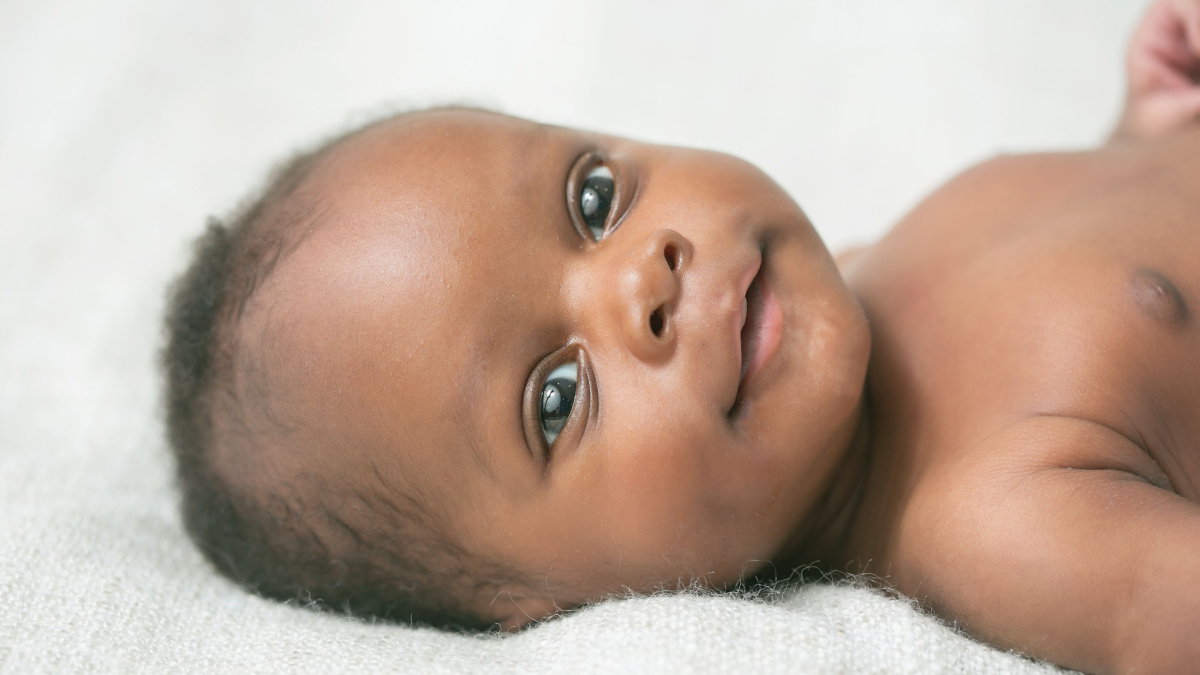The color of a person’s eyes is determined by the amount and type of pigments in the iris, the colored part of the eye. The two main pigments responsible for eye color are melanin and lipochrome. Melanin is a brown-black pigment that is produced by specialized cells called melanocytes, while lipochrome is a yellow pigment that is produced by specialized cells called epithelial cells.
The amount and distribution of these pigments in the iris determines the color of a person’s eyes. People with more melanin in their irises tend to have darker eye colors, while people with less melanin tend to have lighter eye colors. The science behind eye color is complex and involves a combination of genetics, environmental factors, and random chance. Understanding the science behind eye color can help us better appreciate the unique characteristics of our own eyes and those of others.
The Genetics of Eye Color
The genetics of eye color is a complex topic that involves multiple genes and their interactions. The most important gene that determines eye color is called OCA2, which produces a protein that regulates the production of melanin, the pigment that gives color to the skin, hair, and eyes. Other genes that contribute to eye color include HERC2 and SLC24A4. The inheritance pattern of eye color is not straightforward, and it can vary depending on the specific genes involved and their variations.
The Role of Melanin in Eye Color
Melanin is a pigment that is responsible for the color of our skin, hair, and eyes. In the case of eye color, the amount and type of melanin present in the iris determine the color of the eyes. The more melanin a person has in their iris, the darker their eye color will be.
There are two types of melanin that contribute to eye color: eumelanin and pheomelanin. Eumelanin is a dark brown pigment that produces brown and black eyes, while pheomelanin is a reddish-brown pigment that produces green and hazel eyes. The combination and amount of these pigments in the iris can also cause variations in eye color, such as blue or gray eyes, which occur when there is little to no melanin present in the iris.
When Do Babies’s Eyes Start to Change Color?
The color of a baby’s eyes can be a topic of fascination for many parents. It is natural for parents to wonder when their baby’s eyes will change color, or if they will stay the same. Generally, babies are born with blue or gray eyes, and their true eye color may not be apparent until they are around six months old. However, it is important to note that eye color can continue to change throughout childhood and even into adulthood. The reason for this is due to the amount and type of melanin in the iris, which can increase or decrease over time.
Factors That Affect Eye Color Changes in Babies
The color of a baby’s eyes can change during the first year of life, and there are several factors that can impact this change. One of the most significant factors is the amount of melanin in the iris. Melanin is a pigment that determines the color of the eyes, skin, and hair. Babies are born with low levels of melanin, which can cause their eyes to appear blue or gray. As they grow older, their bodies produce more melanin, which can lead to a change in eye color.
Other factors that can affect eye color changes in babies include genetics and environmental factors. If both parents have brown eyes, it is more likely that their baby will also have brown eyes. However, there are cases where a baby’s eye color can be different from both parents due to genetic variation. Environmental factors such as sunlight exposure and nutrition can also impact eye color changes in babies. For example, exposure to sunlight can cause the eyes to produce more melanin, while a lack of certain nutrients can affect the production of melanin.
Common Eye Color Changes in Infants
Eye color changes in infants are a common occurrence that can be observed in newborns up to the age of two years. The most common eye color change is from blue to brown, which occurs due to the presence of melanin pigment in the iris. The amount of melanin in the iris increases as the baby grows, leading to the change in eye color. Other eye color changes that can occur include the appearance of speckles or flecks in the iris, which is also due to the presence of melanin. It is important to note that eye color changes can occur gradually or suddenly, and the final eye color may not be apparent until the child is two years old.
How to Predict Your Baby’s Eye Color
One of the most exciting things for new parents is wondering what their baby will look like. Eye color is one trait that many parents are curious about, and while there is no surefire way to predict it with complete accuracy, there are some factors that can give you a good idea. The color of a baby’s eyes is determined by the amount and type of pigments in the iris, which can be influenced by genetics. Generally, if both parents have brown eyes, it is likely that their baby will also have brown eyes. However, if one or both parents have blue or green eyes, there is a chance that their baby could have a different eye color.
Understanding the Fascinating Process of Eye Color Changes in Babies
In conclusion, the process of eye color changes in babies is fascinating and complex. While genetics plays a major role in determining the final color, other factors such as melanin production and light exposure can also have an impact. It is important to note that eye color changes can occur up to three years of age, so parents should not be alarmed if their baby’s eye color changes during this time. Ultimately, the color of a baby’s eyes is a unique and beautiful characteristic that adds to their individuality.
When Do Babies’ Eyes Change Color?




